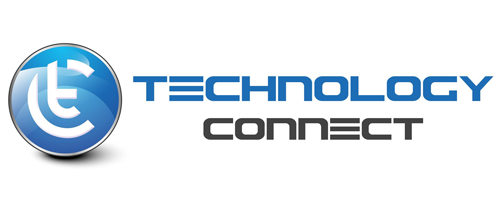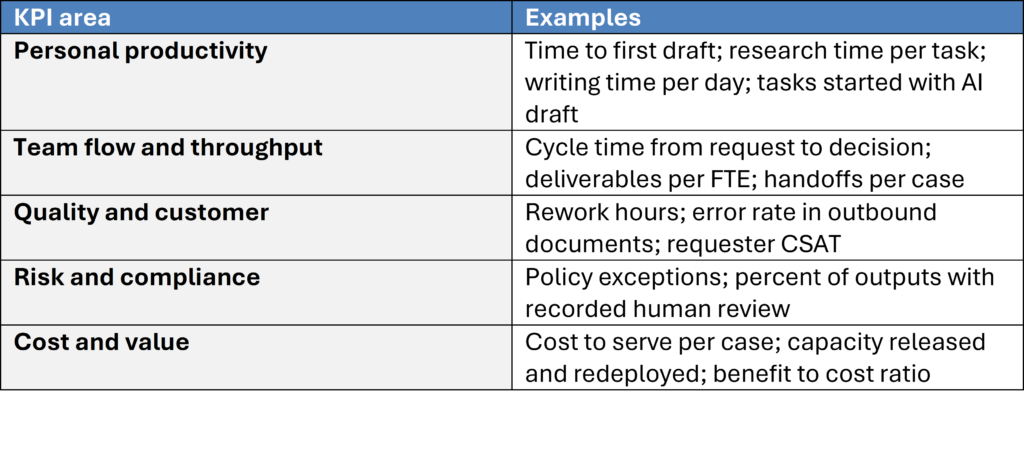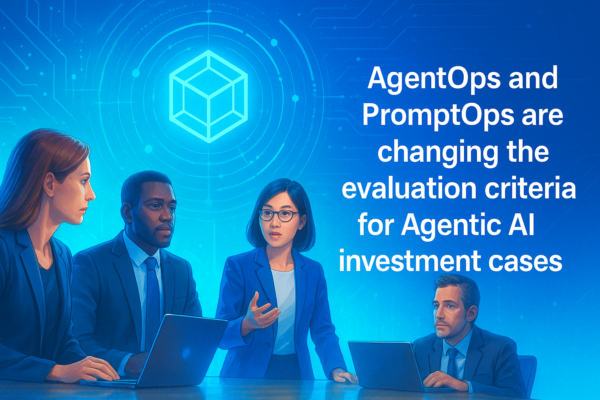

OCM – The Value Engine Of AI
Boards and executives are investing in AI to lift knowledge worker efficiency. The risk is clear. Without a structured organisational change management (OCM) program, tools are deployed but value is not realised. We have all seen the tools-led film before; and it doesn’t end well. To ensure value is unlocked, it is critical to apply a mindset of OCM as the value engine of AI. It rewires roles, workflows, decision rights and guardrails so the productivity dividend shows up in the P&L with lower risk.
The challenge:
AI at scale is an operating model shift, not a tool or software install. Success requires executive sponsorship, priority use cases, risk controls and up-front definitions of measurable outcomes. What we already know is that:
- Adoption stalls when team members do not know how to use AI in daily work or fear negative impacts, e.g., a perception that “AI will make me redundant”
- Costs will exponentially increase without usage, workload and guardrail controls
- Compliance gaps emerge without humans in the loop and unclear auditability
- Value remains anecdotal without a baseline and post implementation measurement of productivity and quality
Independence matters
AI delivery partners remain vital for building and integration. Yet, they carry sales incentives for licences, services and support. OCM should be vendor agnostic and accountable to the Board. Keep incentives clean and simple: separate change and assurance from technology sales and integration.
A five-phase playbook to capture the productivity dividend
AI productivity dividends can be unlocked by using a 5-phased OCM approach with a fortnightly agile sprint cadence, and governed with evidence in sprints reviews and monthly business reviews:
- Assess
- Run a rapid AI readiness assessment across the organisation
- Review the current operating model including structure, roles, processes, decision rights and handoffs (tip: This is not an extensive business process mapping activity!)
- Identify regulatory and privacy constraints and map risks
- Build a high value use case portfolio with indicative benefits and costs
- Align ELT and Board on targets and constraints
- Align
- Set a clear AI vision and case for change with measurable ROI goals
- Design future state operating model options with RACI and governance
- Define policies and guardrails including acceptable use and human review
- Stand up sponsorship and governance with a cadence of assurance
- Sequence rollout waves by function and cohort
- Enable
- Deliver role-based AI literacy and prompt training from essentials to power users
- Stand up an AI Enablement Practice with a service catalogue
- Build a network of change champions across functions and regions
- Run communications and engagement with “show and tell” sessions
- Configure adoption analytics, cost controls and feedback loops including AgentOps and PromptOps (AgentOps and PromptOps: The New Guardrails for Agentic AI Investments)
- Adopt
- Pilot priority use cases with clear success measures
- Operate interim processes per Target Operating Model v1 and capture lessons
- Showcase early wins to build momentum
- Track adoption, cycle time, rework and sentiment and fix friction quickly
- Scale rollout in waves using the above playbook
- Sustain
- Embed AI steps into standard operating procedures (SOPs) and role descriptions to make gains stick
- Run continuous improvement with prompt libraries and model updates
- Evolve the operating model including chargeback and capacity planning
- Refresh governance and compliance including security, data privacy and ethics
- Publish ROI and reinvest benefits into the next wave of AI use cases
Baseline ROI now
Measure before you scale by establishing a simple KPI pack for the first two to three AI cohorts. Collect “digital exhaust” where possible and keep time sampling light. Prove the before and after impact within one quarter.
Bottom line
OCM turns AI from an experiment into measurable performance. Independence protects Board interests by keeping change and assurance separate from technology sales. Start with a tight cohort, baseline KPIs, and a five phase plan. Capture the productivity dividend and make it stick.
Tom Dissing is the founder and Managing Director of Technology Connect. He helps boards and executives drive growth and avoid disruption through artificial intelligence (AI), innovation and venture building
Copyright © 2025 Technology Connect. All rights reserved.




